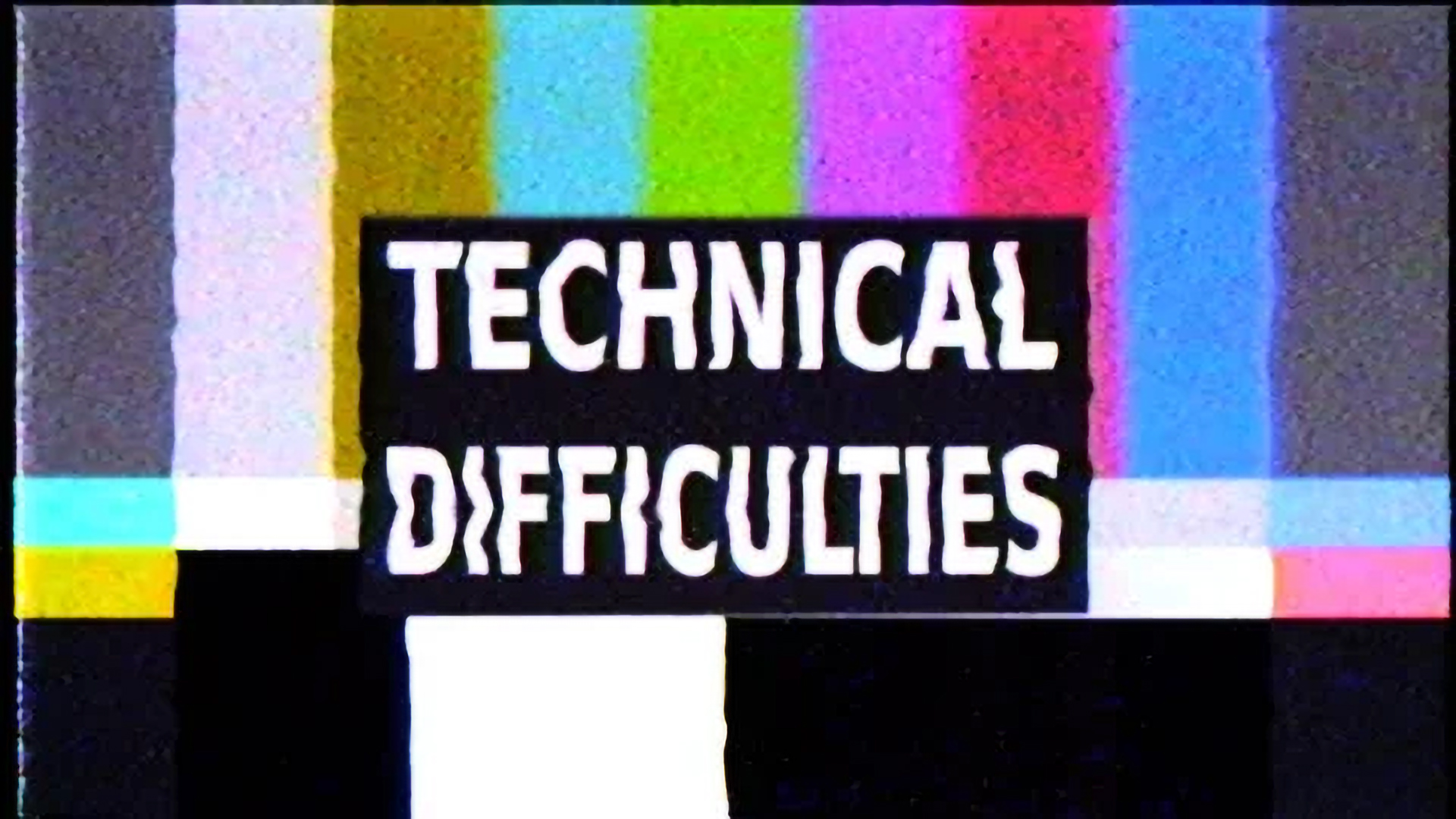
🚨 Network Nightmares: Why Live Service Games Keep Launching with Issues
The recurring pattern of online game launch troubles
🔄 The Familiar Story
June 19th, 2025: REMATCH launches with server stability issues, matchmaking delays, and connectivity problems.
Sound familiar? It should. This story has played out countless times across the gaming industry, from massive AAA releases to promising indie titles.
The question isn't why REMATCH had issues – it's why this keeps happening.
📊 The Hall of Troubled Launches
🎮 Recent Examples
2024-2025 alone has seen:
- Helldivers 2 – Overwhelmed servers despite massive success
- Palworld – Network infrastructure couldn't handle viral growth
- The Finals – Matchmaking issues plagued early weeks
- Skull and Bones – Connection problems hurt already mixed reception
🏆 The "Successful" Disasters
Even games that became hits struggled initially:
- Rocket League – Server crashes during early popularity surge
- Fall Guys – Weeks of connection issues despite massive player counts
- Among Us – Infrastructure problems during 2020 explosion
- Apex Legends – Launch day server instability
🤔 Why Does This Keep Happening?
💰 The Economics Problem
Development Budgets vs. Infrastructure Costs:
- Servers are expensive to maintain at scale
- Over-provisioning wastes money if the game flops
- Under-provisioning causes launch disasters
- Investor pressure to minimize upfront costs
📈 The Unpredictability Factor
Nobody can accurately predict:
- Actual player counts vs. pre-order numbers
- Concurrent user patterns during launch windows
- Viral growth potential on social media
- Regional demand variations across different markets
🛠️ The Technical Complexity
Modern online games require:
- Matchmaking algorithms that scale dynamically
- Anti-cheat systems that don't break under load
- Database infrastructure handling millions of transactions
- Content delivery networks for global reach
🎯 The REMATCH Case Study
🔍 What Went Right
REMATCH's launch issues were relatively minor compared to industry standards:
- Core gameplay remained stable during matches
- No major data loss or account issues
- Quick developer response with patches
- Transparent communication about problems
⚠️ What Went Wrong
Common launch problems appeared:
- Extended matchmaking times during peak hours
- Occasional disconnections mid-game
- Regional server inconsistencies
- Party system hiccups with friends
📊 The Reality Check
For a mid-budget release from a non-AAA studio, REMATCH's launch was actually above average in terms of stability.
🏭 Industry-Wide Challenges
💸 The Investment Dilemma
Studios face impossible choices:
- Invest heavily in infrastructure that might be wasted
- Launch conservatively and risk bad publicity
- Scale gradually but disappoint eager players
- Outsource servers but lose control over quality
⏰ The Time Pressure
Market forces create unrealistic expectations:
- Publisher deadlines don't account for infrastructure testing
- Marketing campaigns lock in launch dates regardless of readiness
- Competitive pressure to release before rivals
- Seasonal windows that can't be missed
🎮 The Player Paradox
Players want contradictory things:
- Perfect launches with zero issues
- Innovative features that haven't been tested at scale
- Low prices that don't support massive infrastructure
- Immediate availability without patience for scaling
🛡️ Potential Solutions
🧪 Better Testing Approaches
Stress Testing Innovations:
- Open beta programs with realistic player counts
- Graduated rollouts by region or platform
- Load simulation tools that mirror real usage
- Community testing incentives for participation
🏗️ Infrastructure Strategies
Modern Solutions:
- Cloud-native architecture that scales automatically
- Hybrid server approaches mixing dedicated and cloud resources
- Predictive scaling based on pre-launch metrics
- Failover systems that maintain service during peaks
💬 Communication Improvements
Transparency Helps:
- Realistic expectations set during marketing
- Live status updates during launch periods
- Clear timelines for issue resolution
- Regular developer communication with the community
🎯 What This Means for Players
🤝 Reasonable Expectations
Modern reality check:
- Some launch issues are inevitable for online games
- Developer response time matters more than perfect launches
- Community patience helps studios fix problems faster
- Long-term stability is more important than day-one perfection
🔍 Evaluating Launches
Red flags vs. normal growing pains:
- 🚩 Red Flag: No communication about known issues
- ✅ Normal: Queue times and minor connectivity hiccups
- 🚩 Red Flag: Data loss or account corruption
- ✅ Normal: Matchmaking balance adjustments
- 🚩 Red Flag: Pay-to-win mechanics during server issues
- ✅ Normal: Cosmetic store temporarily disabled
🔮 The Future of Live Service Launches
🛠️ Emerging Technologies
New tools may help:
- AI-powered load prediction and scaling
- Blockchain-based decentralized server networks
- Edge computing for reduced latency worldwide
- Advanced simulation tools for pre-launch testing
📈 Industry Learning
Positive trends:
- More realistic marketing around launch expectations
- Better communication standards from developers
- Improved infrastructure tools and services
- Community understanding of launch complexities
🎪 The Bottom Line
REMATCH's launch issues aren't unique – they're part of a broader industry challenge that affects everyone from indie studios to massive corporations.
What matters isn't perfection – it's how quickly and transparently developers respond to problems.
The Real Questions
- How fast do developers acknowledge and fix issues?
- How transparent is communication during problems?
- How committed is the team to long-term stability?
- How fair is the game's monetization during technical difficulties?
By these standards, REMATCH's launch has been reasonable – not perfect, but handled professionally with clear commitment to improvement.
For the Industry
Every launch teaches valuable lessons about infrastructure, communication, and player expectations. The studios that learn fastest and communicate best will build the most loyal communities.
The goal isn't perfect launches – it's building trust through transparency and rapid response to inevitable challenges.
In live service gaming, the launch is just the beginning of the relationship between developers and players.
